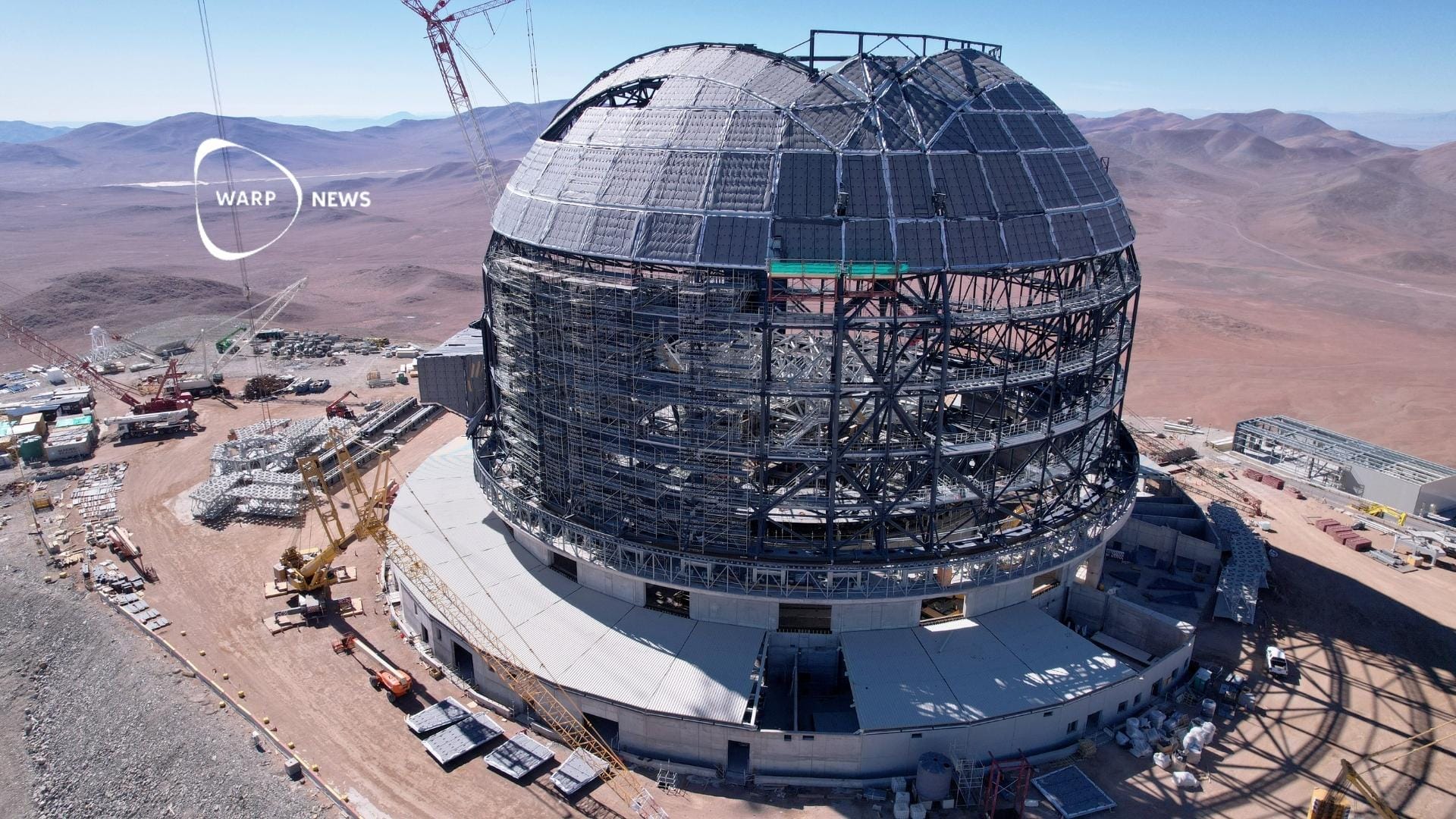🚀 Space
Space is the final frontier and is now being opened to everyone thanks to front runners such as NASA and now SpaceX and Elon Musk, Blue Origin and Virgin Galactic.
☄️ New telescopes make us safer from asteroid threats – but the media will keep scaring us
The media reported extensively on asteroid 2024 YR4, which was at risk of hitting Earth. That risk has since been downgraded. Several powerful new telescopes will soon come into operation, which are expected to increase the discovery of near-Earth asteroids by 10 to 100 times.
🔭 New space telescope from NASA will map the entire sky
The SPHEREx mission has successfully launched and will map the entire celestial sky in 102 different wavelengths. The telescope will observe hundreds of millions of galaxies and collect data that can help researchers understand the first moments of the universe.
👾 NASA found building blocks of life in asteroid
Scientists have discovered amino acids and other important molecules for life in samples from the asteroid Bennu. The analysis also shows traces of 11 minerals formed through saltwater, suggesting that conditions for life may have existed throughout the solar system.
💵 OP-ED: Space Bonds can democratize the financing of humanity's journey to Mars
Elon Musk doesn't have enough money to take humanity to Mars. For that, we need "space bonds," according to Warp News ambassador Oskar Söderström.
🔭 World's largest telescope takes shape in the Atacama Desert
ELT will be the world's largest optical telescope with a mirror of 39.3 meters in diameter that collects 100 million times more light than a human eye. The telescope will be able to take 16 times sharper images than the Hubble telescope and have 250 times greater light-gathering capacity.
🌏 The best things happening to humanity right now
It is easy to think of bad things happening right now, but what are the best ones? The list can be made very long, but here are my favorites.
🚀 SpaceX landed a 25-story building between two arms on the launch tower
The first stage of the rocket, the one that landed at the launch tower, is about 70 meters tall, equivalent to a 25-story building. Reusing rockets makes our access to space much cheaper.
☄️ Scientists show nuclear explosion can deflect asteroid
Scientists have simulated the effect of X-rays from a nuclear explosion on asteroids. The results show that the method can provide sufficient force to change the trajectory of large asteroids. The technique could potentially be used to avert threats from asteroids up to four kilometers in diameter.
🌟 Earth may NOT be swallowed by the sun in 6 billion years
A rocky planet has been discovered orbiting a white dwarf star 4000 light-years away. The planet is believed to have survived the star's red giant phase by moving to a more distant orbit. The discovery provides insights into Earth's possible future when the sun expands.








